How to wrap pickleball paddle grip
Wrapping a pickleball paddle grip requires precision and attention to detail. Here’s a step-by-step guide along with some tips to ensure how to wrap pickleball paddle grip.
How to wrap pickleball paddle grip
Here you will be guided in depth through the process of “How to wrap pickleball paddle grip”
Step 1: Cleaning and Preparing the Paddle Handle
Preparing the paddle handle is the crucial first step before wrapping it with grip tape. Before applying the grip tape, it’s essential to ensure that the paddle handle is clean and free from any dirt, sweat, or residue. This step helps achieve a better bond between the grip tape and the handle, ensuring optimal adhesion and longevity of the wrap. The following is the cleaning process of the paddle handle:
Use a towel or cloth dampened with water or a mild cleaning solution to wipe down the entire surface of the paddle handle. Allow the handle to dry completely before applying the grip tape. Moisture or dampness on the handle can hinder the tape’s adhesive properties, affecting its ability to stick securely.
This process is important because a clean surface allows the grip tape’s adhesive backing to bond effectively with the handle, preventing slippage or the tape peeling off during gameplay. A clean handle ensures a smoother application of the grip tape, reducing the likelihood of air bubbles or uneven surfaces that might affect the player’s grip and comfort.
Step 2: Start the Wrapping Process
Commencing the wrapping process at the base of the handle sets the tone for a uniform and secure grip tape application. Begin by peeling off a small backing section from the grip tape, exposing the adhesive side. Position the exposed adhesive section of the tape at the bottom (butt end) of the paddle handle. Press the exposed section of the tape firmly against the handle to ensure it adheres securely.
This step is important because starting at the base establishes the starting point for the wrapping process. This allows for a systematic and even tape application, ensuring a consistent grip surface. Initiating from the base ensures that the grip tape adheres firmly from the starting point, reducing the risk of unravelling or slipping during subsequent wraps.
Step 3: Angling the Tape
Adjusting the angle of the tape, as it wraps around the handle, is a strategic manoeuvre to ensure comprehensive coverage and a consistent grip surface. Begin by positioning the tape at a slight angle (typically around 45 degrees) to the handle as you begin wrapping. Keep the tape at a consistent angle while wrapping, ensuring it covers the handle uniformly without creating gaps or overlaps.
Angling the tape allows it to cover the handle’s surface evenly. This technique helps avoid uneven layers or gaps in the grip, providing a smooth and consistent feel. A consistent angle ensures that the overlap of each wrap is uniform. This uniformity contributes to a comfortable grip that feels natural and secure during gameplay.
Step 4: Applying Tension
Maintaining a balanced tension on the grip tape, as it wraps around the handle, is crucial for achieving a snug and durable grip surface. Apply moderate tension to the tape as you wrap it around the handle. Avoid pulling it too tightly, as excessive tension might stretch the tape, leading to an uneven grip. Ensure consistent tension throughout the wrapping process. This consistency helps achieve a comfortable grip without compromising the tape’s integrity.
Applying moderate tension helps the tape adhere securely to the handle, minimizing the risk of the grip unravelling during gameplay. Maintaining consistent tension ensures that each wrap sits snugly against the previous one, resulting in a uniform and comfortable grip without bulges or gaps.
Step 5: Overlapping Technique
Ensuring that each grip tape wrap slightly overlaps the previous one contributes to a consistent and reliable grip. As you wrap the handle, each new tape revolution should overlap the previous one by about 1/4 to 1/2 inch (approximately 0.6 to 1.3 centimeters). Consistently maintain the same overlap distance throughout the wrapping process to create an even and smooth surface.
The overlapping technique prevents gaps or exposed areas on the handle, ensuring complete coverage and a uniform grip. The consistent overlap creates a smooth transition between tape layers, contributing to a comfortable and seamless grip that minimizes discomfort during gameplay.
Step 6: Consistency in Wrapping
Consistency refers to uniformity in various aspects, including tension, width, overlap, and overall technique employed during the wrapping process. Apply consistent, moderate tension to the tape while wrapping to ensure uniform adherence without stretching or bunching. Maintain a consistent width of each wrap, avoiding variations that could create an uneven or uncomfortable grip. Ensure each wrap slightly overlaps the previous one by the same amount throughout the handle’s length, maintaining a steady and even layering.
Consistency in wrapping results in a grip that feels familiar and comfortable, allowing players to focus on their game without distractions. A consistently wrapped handle promotes a sense of control, as there are no irregularities or unexpected variations in the grip’s feel.
Step 7: Eliminating Air Bubbles
The process involves addressing any trapped air pockets or creases that may form during wrapping. While wrapping, periodically check for air bubbles or creases that might form between the layers of tape. Use your fingers or a smoothing tool to gently press on the tape’s surface where air bubbles or creases appear. Smooth them by applying light pressure to ensure a tight and uniform grip.
Smoothing out air bubbles or creases ensures that the grip surface remains even and free of irregularities, enhancing the overall feel of the handle. Eliminating air bubbles prevents potential discomfort or distractions caused by uneven surfaces that could affect the player’s hold on the pickleball paddle.
Step 8: Securing the Finish
The final steps involve firmly securing the end of the grip tape to prevent unravelling or loosening. Continue wrapping until you reach the top of the paddle handle or the desired height. Once the wrapping is complete, ensure the final section of the grip tape is firmly pressed down onto the handle to secure it in place. Smooth the edge of the tape where it finishes to ensure a seamless transition and prevent it from catching or peeling during use.
A secure finish prevents the grip tape from loosening or unwinding during intense gameplay, maintaining a consistent grip. A neatly secured end contributes to a polished appearance, ensuring the grip tape looks professional and well-finished.
Step 9: Trimming Excess Tape
This step involves carefully cutting off surplus tape to create a clean and polished grip. Check the top of the handle where the grip tape finishes to identify any excess tape protruding beyond the handle’s edge. Use scissors to trim the excess tape carefully, ensuring a clean and straight cut along the handle’s edge. After trimming, smooth down the cut edge to ensure it is flush with the handle’s top surface.
Trimming excess tape results in a clean and professional-looking grip handle, enhancing the paddle’s overall appearance. A trimmed and even finish prevents any tape overhang that might catch or distract during gameplay.
Get the best pickleball paddle by clicking on this button:
The following is the whole visual process to let you know “How to wrap pickleball paddle grip”, have a look at it:
Materials Needed to wrap pickleball paddle grip
The specialized grip tape designed explicitly for pickleball paddle paddles is essential for wrapping a pickleball paddle grip. These tapes are crafted with considerations for durability, texture, tackiness, and width, suitable for most paddle handles. They offer a slightly tacky surface crucial for preventing hand slippage during gameplay, ensuring a secure grip even in intense matches. The adhesive backing on these tapes ensures a firm and reliable bond when applied to the paddle handle, providing stability and consistency in grip throughout play.
Scissors are a necessary tool for the wrapping process. They’re used to trim any excess grip tape once the wrapping is complete. Ensuring a neat and precise finish, scissors allow players to cut the tape at the top of the handle, creating a clean and professional-looking grip.
While not mandatory, using a towel or cloth to clean the paddle handle before applying the grip tape can be beneficial. This optional step involves wiping down the handle to remove dirt, sweat, or residue. A clean surface ensures better adhesion and a smoother grip tape application, optimizing its performance and longevity.
Collectively, these materials constitute the necessary components for effectively wrapping a pickleball paddle grip. The specialized grip tape provides the primary surface for enhancing grip and control, scissors aid in achieving a clean and precise finish, and optionally, a towel or cloth assists in preparing the handle for optimal adhesion of the grip tape.
FAQs
How often should I re-wrap my pickleball paddle grip?
The frequency of re-wrapping your paddle grip depends on factors like how frequently you play, the intensity of your gameplay, and the durability of your grip tape. Generally, if you notice significant wear, slippage, or discomfort in your grip, it’s time for a re-wrap.
Can I use other types of tape to wrap my pickleball paddle grip?
Special pickleball paddle grip tape is recommended due to its specific design for durability, tackiness, and comfort. While other tapes might work temporarily, they may provide a different level of grip or longevity.
How can I remove old grip tape from my paddle handle?
Gently peel off the old grip tape from the handle. For any residual adhesive, use a mild adhesive remover or rubbing alcohol with a cloth to clean the handle before applying the new grip tape. Ensure the handle is dry before re-wrapping.
What’s the ideal thickness of grip tape for a pickleball paddle?
Grip tape thickness is a matter of personal preference. Thicker tapes offer more cushioning, while thinner ones provide a closer feel to the handle. Experimenting with different thicknesses can help you find what suits your grip and play style best.
Can I re-use grip tape after removing it from a paddle?
Generally, grip tape loses its adhesive quality and may provide a different level of grip after being removed from a paddle. New grip tape is recommended for optimal performance and grip reliability.

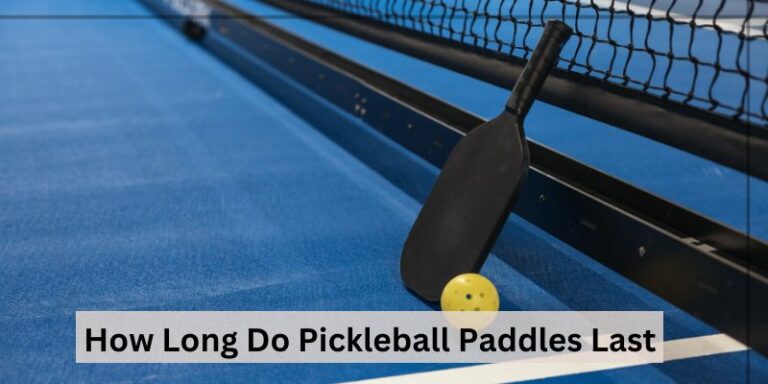
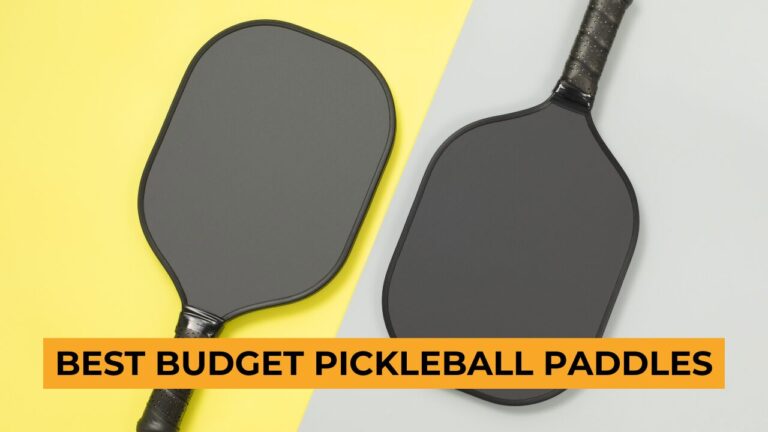
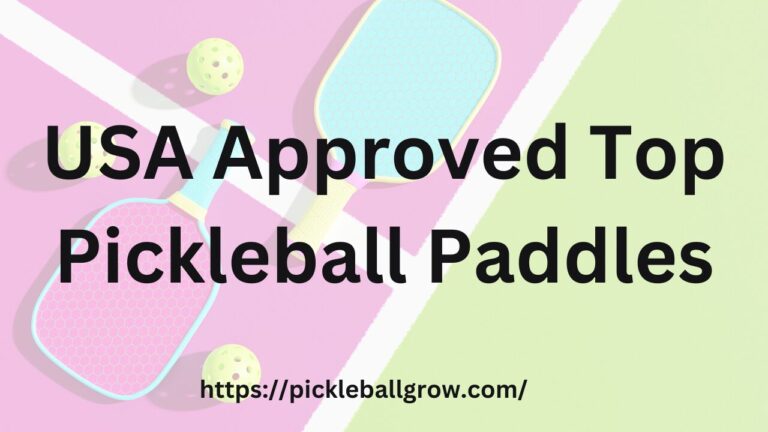
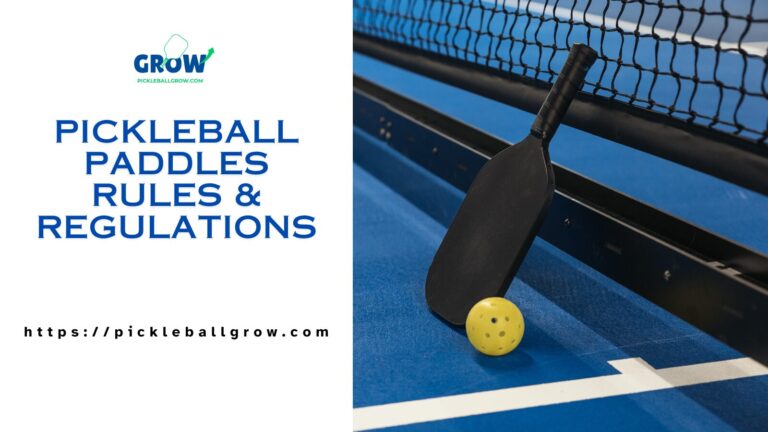
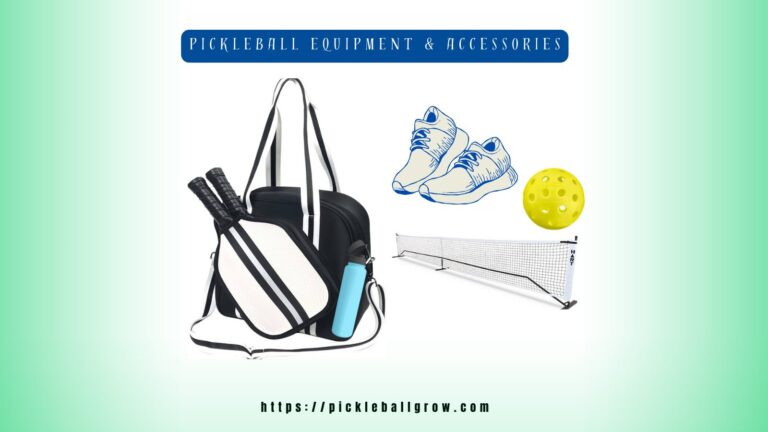
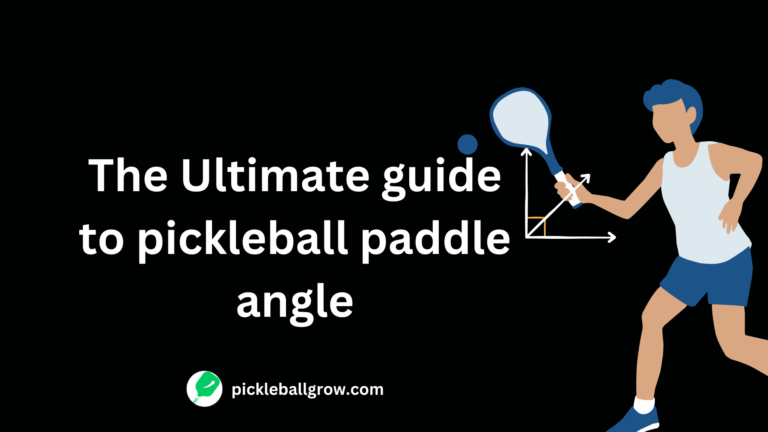
4 Comments